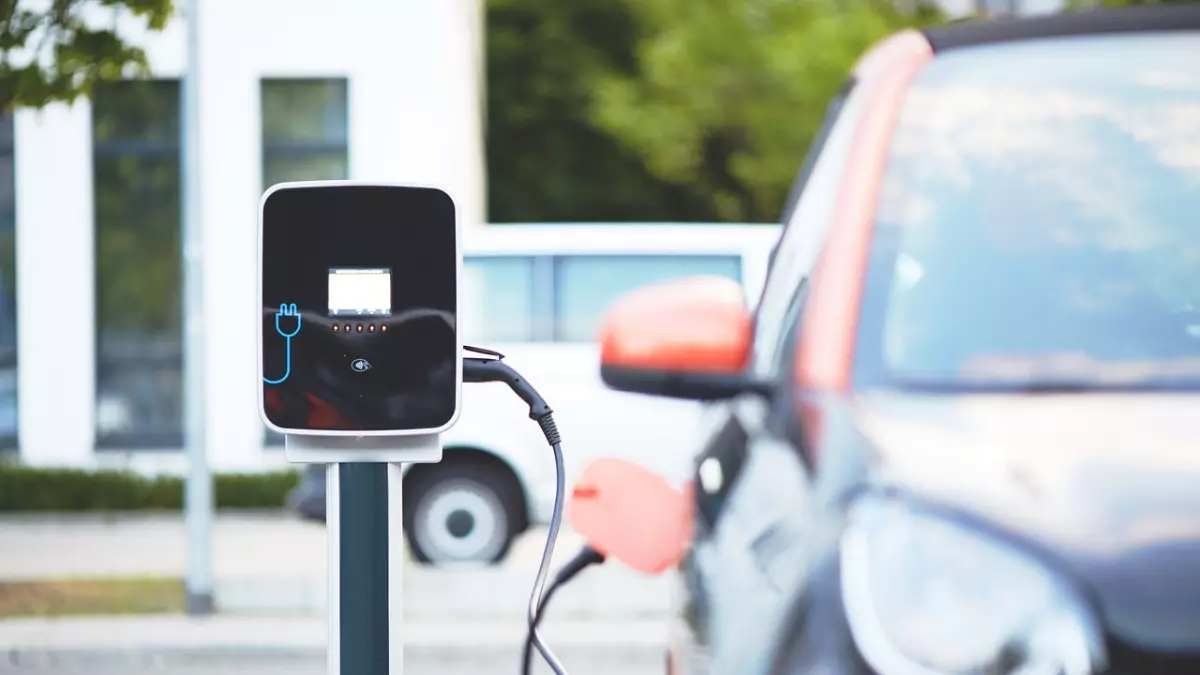Tesla's Electric Revolution
Back in 2012, I remember reading an article about Tesla's Model S and thinking, "This is it. This is the future." Fast forward to today, and Tesla isn't just a car company anymore—it's a tech powerhouse that's redefining entire industries.

By Nina Schmidt
Here’s a wild fact: Tesla’s market cap is higher than that of Ford, General Motors, and Honda combined. Let that sink in for a second. We’re talking about a company that was founded in 2003, not 1903. So, what’s the secret sauce? How did Tesla go from being a niche electric vehicle (EV) maker to a global juggernaut? The answer lies in its unique business model, which is as innovative as its products.
At its core, Tesla isn’t just a car manufacturer. It’s a vertically integrated technology company that spans multiple industries—automotive, energy, software, and even artificial intelligence. And, unlike traditional automakers, Tesla controls nearly every aspect of its supply chain, from battery production to software development. This gives it a massive competitive advantage and allows it to innovate at a breakneck pace.
Vertical Integration: Tesla’s Secret Weapon
Most car companies outsource a significant portion of their production. They rely on third-party suppliers for everything from engines to infotainment systems. Tesla, on the other hand, has taken a radically different approach. It builds its own batteries, designs its own software, and even manufactures many of the components that go into its vehicles. This vertical integration allows Tesla to control costs, improve efficiency, and, most importantly, innovate faster than its competitors.
Take the Gigafactory, for example. Tesla’s massive battery production facility in Nevada is one of the largest buildings in the world. By producing its own batteries, Tesla can reduce its reliance on external suppliers and lower the cost of its vehicles. This is crucial because the battery is the most expensive component of an electric car. By bringing battery production in-house, Tesla can offer its cars at a more competitive price point while maintaining healthy profit margins.
Software-Driven Innovation
Another key differentiator for Tesla is its software. Traditional automakers treat software as an afterthought, something that’s tacked on to the vehicle after the hardware is built. Tesla, on the other hand, treats its cars like smartphones on wheels. Every Tesla vehicle is equipped with over-the-air (OTA) update capabilities, meaning the company can push new features, improvements, and even bug fixes directly to the car without the owner ever needing to visit a dealership.
This software-first approach has allowed Tesla to stay ahead of the competition in areas like autonomous driving. Tesla’s Full Self-Driving (FSD) software is constantly evolving, and the company collects data from its fleet of vehicles to improve the system. This creates a virtuous cycle: the more Teslas on the road, the more data the company collects, and the better its autonomous driving software becomes.
Energy Solutions: Beyond Cars
While Tesla is best known for its electric vehicles, the company’s ambitions go far beyond the automotive industry. Tesla is also a major player in the energy sector, offering products like solar panels, solar roofs, and energy storage solutions. The company’s Powerwall and Powerpack products allow homeowners and businesses to store energy generated from solar panels, reducing their reliance on the grid and lowering their energy costs.
Tesla’s energy business is still in its early stages, but it has the potential to be just as transformative as its automotive division. By combining electric vehicles with renewable energy solutions, Tesla is positioning itself as a leader in the transition to a sustainable future. And, just like with its cars, Tesla’s vertical integration gives it a competitive edge in the energy market. The company designs and manufactures its own solar panels and energy storage products, allowing it to offer a seamless, integrated solution to customers.
Direct-to-Consumer Sales Model
Another way Tesla has disrupted the traditional automotive industry is through its direct-to-consumer sales model. Most automakers rely on a network of dealerships to sell their cars, but Tesla has eschewed this model in favor of selling its vehicles directly to consumers. This allows Tesla to maintain tighter control over the customer experience and cut out the middleman, resulting in higher profit margins.
By selling directly to consumers, Tesla can also gather valuable data on customer preferences and behavior, which it can use to improve its products and services. This direct relationship with customers is a key part of Tesla’s business model and has helped the company build a loyal fanbase.
The Future of Tesla
So, what’s next for Tesla? The company has ambitious plans to expand its product lineup, including the highly anticipated Cybertruck and the Tesla Semi. It’s also investing heavily in its autonomous driving technology, with the goal of creating a fully self-driving car in the near future.
But perhaps the most exciting part of Tesla’s future is its potential to disrupt industries beyond automotive and energy. With its expertise in software, artificial intelligence, and manufacturing, Tesla could one day become a major player in industries like robotics, transportation-as-a-service, and even space exploration (thanks to its close ties with SpaceX).
In short, Tesla’s business model is all about innovation. By vertically integrating its supply chain, focusing on software-driven development, and expanding into new markets, Tesla has positioned itself as a leader in the transition to a sustainable, tech-driven future. And if the past decade is any indication, the next ten years are going to be even more exciting.





